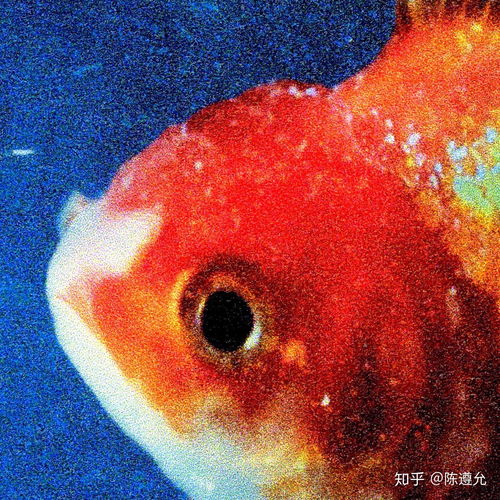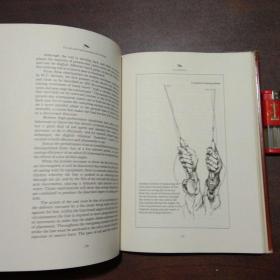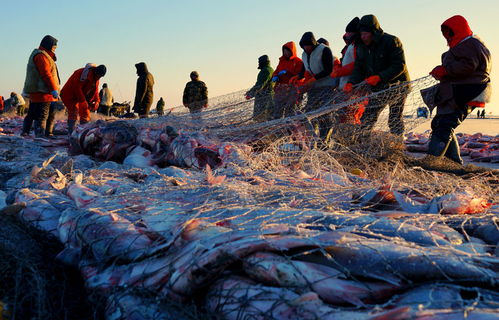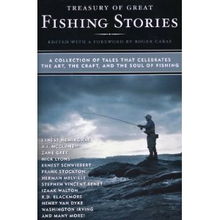Content:
Introduction: Winter fishing may seem daunting to beginners, but with the right techniques and equipment, it can be a rewarding and enjoyable experience. The cold weather brings unique challenges and opportunities, and mastering the art of winter fishing can lead to some of the most memorable catches of the year. In this article, we will provide you with essential tips and techniques to help you get started in winter fishing as a beginner.
Choose the Right Equipment: Before hitting the water, it's crucial to have the right equipment for winter fishing. Here's a list of essential gear for beginners:
a. Rod and Reel: A lightweight spinning rod and reel combo is suitable for most winter fishing situations. Look for a rod with a fast action and a reel with a smooth drag system.

b. Line: Use a monofilament line with a low stretch, such as fluorocarbon, which is less visible in cold water and offers better sensitivity.
c. Lures and Baits: Depending on the fish species you're targeting, choose appropriate lures or baits. For example, ice jigs, live bait, and artificial lures can be effective in winter conditions.
d. Ice Auger: A portable ice auger is essential for safely drilling holes in the ice. Make sure to choose one that suits your needs and is easy to use.
e. Ice Fishing Shelter: A portable ice fishing shelter will keep you warm and protected from the elements. Look for a shelter with a sturdy frame and insulation.
Dress Appropriately: One of the biggest challenges of winter fishing is staying warm. Dress in layers to keep your body temperature regulated. Here are some essential clothing items:
a. Waterproof, insulated jacket: A jacket with a thermal lining and a waterproof outer shell will keep you warm and dry.
b. Waterproof pants: Insulated, waterproof pants will protect you from the cold and help retain body heat.
c. Thermal underwear: Wear a moisture-wicking base layer to keep sweat away from your skin and maintain warmth.
d. Hat, gloves, and socks: Invest in a good-quality hat, gloves, and thermal socks to protect your extremities from the cold.
Find the Best Spots: Research and identify prime fishing spots during the winter months. Here are some tips to help you find the best locations:
a. Look for areas with structure: Areas with submerged rocks, logs, or weed beds can attract fish during the winter.
b. Target deeper water: Fish often move to deeper water during the cold months to stay warm. Look for areas with depths of 10-20 feet.
c. Check local regulations: Ensure that the areas you're targeting are open to fishing during the winter and follow any specific regulations.
Adjust Your Techniques: Winter fishing requires some adjustments to your usual techniques. Here are a few tips to help you succeed:
a. Use lighter tackle: Fish are less active during the winter, so use lighter tackle to reduce the risk of spooking them.
b. Fish slowly: Winter fish are often less aggressive, so take your time and let your bait settle before retrieving it.
c. Experiment with bait presentation: Try different retrieves, such as a slow, steady retrieve or a twitch-and-pause technique, to entice fish.
Be Patient and Observant: Winter fishing can be slow, and it's essential to be patient and observant. Here are some tips to help you stay focused:
a. Keep an eye on your rod: Pay attention to any subtle movements or vibrations that could indicate a bite.
b. Take breaks: Give yourself time to warm up and rest. This will help you stay alert and focused throughout the day.
c. Stay hydrated and eat: Keep your energy levels up by drinking water and eating nutritious snacks.
Conclusion: Winter fishing can be a challenging but highly rewarding experience for beginners. By choosing the right equipment, dressing appropriately, finding the best spots, adjusting your techniques, and being patient, you can increase your chances of success. With practice and dedication, you'll soon become a seasoned winter angler and enjoy the beauty and tranquility of fishing in the cold months.












